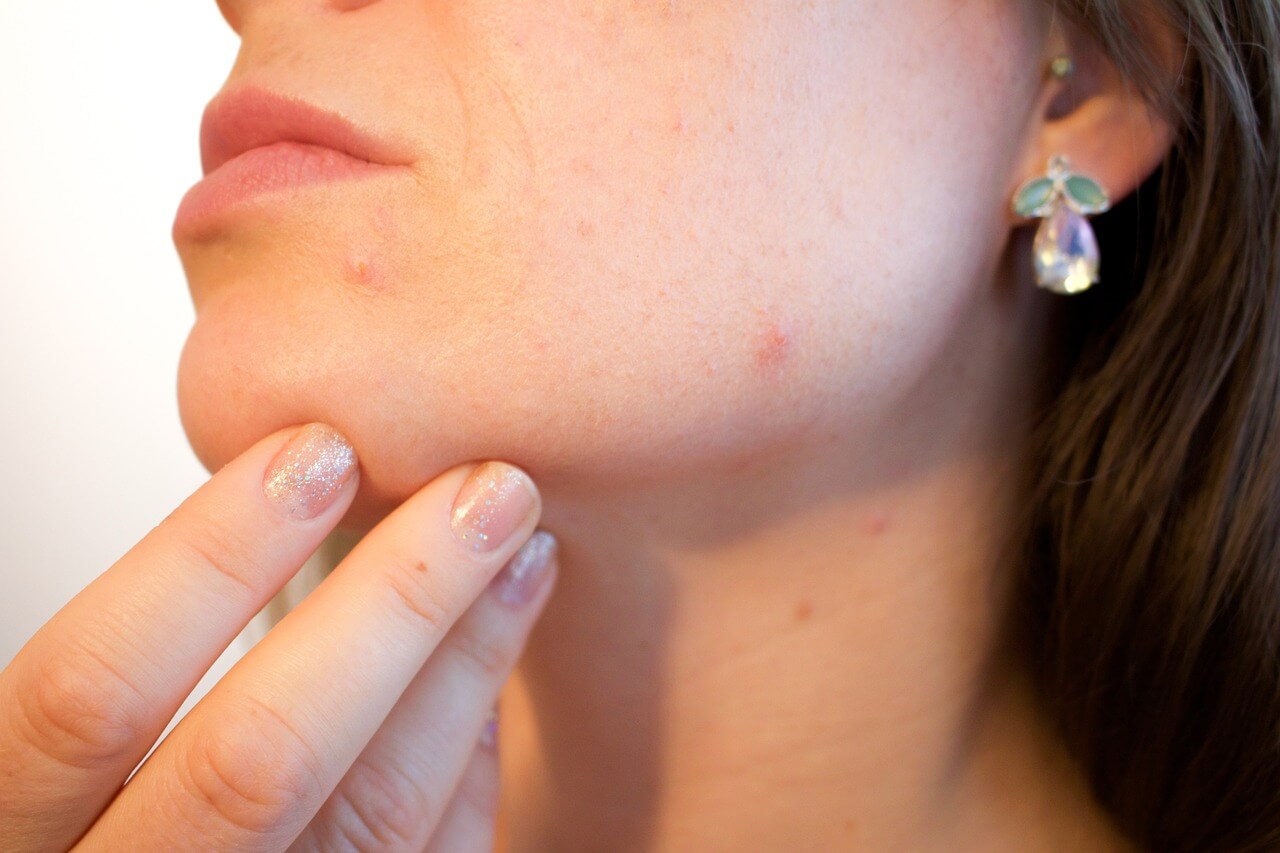Introduction
A. Definition of Ingrown Toenail Pus
An ingrown toenail, medically known as onychocryptosis, is a common foot problem where the edge or corner of a toenail grows into the soft flesh of the toe, often leading to pain, redness, and swelling. In some cases, this condition can progress to infection, characterized by the presence of pus, a thick fluid that is typically yellow, green, or brown and is a sign of a bacterial or fungal infection. The term “ingrown toenail pus” specifically refers to an ingrown toenail that has become infected and is producing pus.
B. Importance of Ingrown Toenail Pus Treatment
Effective treatment of an ingrown toenail with pus is critical to relieve the pain and discomfort it causes and to prevent potential complications, such as the spread of the infection to other parts of the foot or even into the bloodstream. While ingrown toenails may seem like a minor issue, if left untreated, they can become a significant source of chronic pain and can greatly impair daily activities such as walking or standing. This makes understanding and seeking out appropriate treatment for an ingrown toenail with pus an important aspect of foot health.
Causes of Ingrown Toenail Pus
A. Cutting Toenails Too Short
One common cause of ingrown toenails is the improper cutting of the nail, specifically cutting the toenails too short. This can inadvertently encourage the skin next to the nail to fold over it, causing the nail to grow into the skin, which may ultimately lead to infection and pus formation [1]. Keeping the nails at an appropriate length is, therefore, important in preventing this foot problem.
B. Wearing Tight Fitting Shoes
Wearing tight fitting shoes or high heels can also contribute to the development of an ingrown toenail with pus. These kinds of footwear can put constant pressure on the sides of the nail, causing it to grow into the surrounding skin [2]. Prolonged wear can exacerbate the condition, leading to pain, inflammation, and possible infection.
C. Nail Grows into the Skin
Some individuals naturally have toenails that are overly curved. This can cause the nail to dig into the skin of the toe as it grows, creating a wound that can subsequently become infected, leading to the presence of pus. In these cases, the shape of the nail can make it more difficult to prevent ingrown toenails without professional medical intervention.
D. Inherited Foot Problems
Certain inherited foot problems or deformities, such as pincer nails, can predispose an individual to ingrown toenails. Pincer nails, where the edges of the toenails curve and dig into the skin, can often result in recurring ingrown toenails and possible infections [3]. Other inherited conditions, such as bunions or hammertoes, can alter the pressure distribution on the feet, leading to abnormal nail growth and potentially ingrown toenails.
The Impact of Ingrown Toenail Pus on Big Toes and Other Toenails
A. Complications for Big Toes
Ingrown toenails with pus can cause significant complications for the big toes, where this condition most commonly occurs [4]. In addition to the immediate discomfort, these complications can include chronic pain, difficulty walking, and a recurring cycle of infection as the pus from the infected area spreads to surrounding tissues [5]. Severe or recurrent infections can also lead to complications such as the formation of an abscess or a spreading skin infection (cellulitis).
B. Effects on Other Toenails
While less common, ingrown toenails can also affect other toes. If an infection is not properly treated, the bacteria can potentially spread, leading to a wider foot infection or even affecting other toenails. Aesthetic changes, such as nail deformity, can also occur, leading to potential self-consciousness or distress for the individual.
C. Systemic Impacts
Although rare, if an infected ingrown toenail with pus is left untreated, it can potentially lead to systemic impacts. This can include the spread of the infection into the bone underlying the toe (osteomyelitis), or, in extreme cases, into the bloodstream, leading to sepsis, a life-threatening condition. This underscores the importance of seeking treatment for an infected ingrown toenail promptly.
Overview of Treatment Options for Ingrown Toenail Pus
A. Home Remedies
Home remedies are often the first step in treating an ingrown toenail with pus, especially if the condition is in its early stages. These may include soaking the foot in warm water with Epsom salt, using a piece of cotton or dental floss to gently lift the edge of the nail, applying antibiotic ointment, and wearing proper shoes or sandals to avoid further aggravating the area. It’s important to note that home remedies should alleviate symptoms; if they don’t, or if the condition worsens, medical treatment should be sought promptly.
B. Medical Treatments
Medical treatments are recommended for severe cases, recurring ingrown toenails, or if home treatments do not improve the condition. These can include partial or total nail avulsion, where part of the nail or the entire nail is removed, often under local anesthesia. In cases of an infected ingrown toenail, a healthcare professional may also prescribe a course of antibiotics to clear the infection. In some chronic or recurring cases, a procedure called matrixectomy might be performed, which involves the removal of the portion of the nail bed (matrix) that produces the nail, to prevent the problematic part of the nail from regrowing.
Detailed Steps for Ingrown Toenail Pus Treatment at Home
A. Epsom Salt Soaks
Soaking the foot in warm water mixed with Epsom salt can help to soothe the area, reduce inflammation, and soften the skin around the ingrown toenail. This can make other treatments, such as lifting the nail or applying ointment, more effective. To do this, mix one to two tablespoons of Epsom salt in a foot basin filled with warm water, and soak the foot for 15-20 minutes, 3-4 times a day.
B. Cotton or Dental Floss Technique
The cotton or dental floss technique can be used to gently lift the edge of the ingrown nail and help it grow above the skin edge. After soaking the foot to soften the skin, a small piece of sterilized cotton or dental floss can be placed under the edge of the nail. This should be replaced daily to avoid introducing bacteria to the area.
C. Use of Antibiotic Ointment
Applying antibiotic ointment to the area can help prevent or combat an existing infection. A thin layer of over-the-counter antibiotic ointment can be applied to the area daily, or as directed on the product packaging, followed by a clean bandage. It’s important to wash the area and hands thoroughly before and after applying the ointment.
D. Wearing Proper Shoes or Sandals
Footwear that provides enough room for the toes and does not put pressure on the ingrown toenail can help the healing process. This typically means avoiding high heels and tight shoes. Sandals that do not rub against the ingrown toenail can be a good option, as they also allow the area to stay clean and dry.
Seeking Professional Help: When to Visit a Doctor
A. Signs of Infected Ingrown Toenail
While many ingrown toenails can be managed at home, it’s important to know the signs of an infected ingrown toenail that require medical attention. These can include severe pain or throbbing, redness that spreads or is accompanied by heat, pus or discharge, a foul odor, and fever. It’s also important to seek professional help if the ingrown toenail doesn’t improve within a few days of home treatment, or if the condition keeps coming back [6].
B. What to Expect in Medical Consultation
During a medical consultation, the healthcare provider will likely inspect the affected toe and ask about the symptoms experienced, as well as any treatment options tried at home. Depending on the severity of the condition, the provider may recommend various treatment options such as partial nail removal, total nail removal, or even a matrixectomy. If an infection is present, the healthcare provider may also take a sample of the pus for laboratory testing to determine the exact type of bacteria involved, which can guide the choice of antibiotic.
Prevention of Ingrown Toenail Pus
A. Proper Toenail Cutting Technique
Adopting a proper toenail cutting technique is one of the most effective preventative measures against ingrown toenails. Nails should be cut straight across, not rounded or too short, as this can cause the sides of the nail to grow into the skin. It’s also advised to keep the nails at a length equal to the tip of the toe. Special care should be taken if the nails are thick or difficult to cut, as these may be more prone to developing into ingrown nails.
B. Footwear Considerations
Wearing shoes and socks that fit well can also prevent ingrown toenails. Tight shoes can cause excessive pressure on the toes, particularly the big toes. This pressure can cause the nail to grow into the surrounding skin, leading to an ingrown toenail. It’s recommended to wear shoes that have plenty of room in the toe box and avoid shoes with high heels or narrow toe boxes. Socks should not be too tight and should be changed regularly to keep the feet clean and dry.
Conclusion
A. Importance of Immediate Treatment
An ingrown toenail that leads to the formation of pus is a clear sign of infection and should be addressed promptly to prevent further complications. Immediate treatment can relieve pain, speed up recovery, and reduce the risk of the infection spreading to other parts of the body. This may begin with home remedies but if the condition does not improve or worsens, professional medical intervention is recommended. If left untreated, an infected ingrown toenail could potentially lead to a serious bone infection or cause a dangerous infection in the bloodstream, particularly in those with existing conditions such as diabetes or peripheral arterial disease [7].
B. Long-term Benefits of Preventive Measures
Preventive measures, such as adopting a correct toenail cutting technique and wearing well-fitting footwear, can provide long-term benefits in preventing the recurrence of ingrown toenail with pus. In addition to these measures, maintaining overall foot hygiene and promptly addressing foot injuries can also contribute to the prevention of this painful condition. These measures not only prevent the discomfort and complications associated with an ingrown toenail, but also foster overall foot health, contributing to mobility and quality of life.










